
What if we were missing out on open-air museums?
You have probably searched the streets of the Parisian cemetery for Pere Lachaise the tomb of Edith Piaf , that you have included the Highgate on your route of essentials to visit in London or that you have seen as something normal to walk quietly next to the tombstones of the Arlington National Cemetery , in United States.
Now, it is to think about approaching the Almudena Cemetery or going up to Montjuïc and your legs tremble while you repeat to yourself that you have not lost anything there.
Inevitably associated with the idea of loss and tinged with sadness, cemeteries must learn to look at them with different eyes , those who discover the heritage and artistic value of these open-air museums that are part of the city and are witnesses to its evolution.
Break your image of place of death and give you the idea of living place It is the objective with which Living Cemeteries was born.
From Galicia to Granada passing through San Sebastián, Barcelona or Palma de Mallorca , this association brings together ** 24 cemeteries from all over Spain ** who have in common to fill their facilities with life at the stroke of activities .
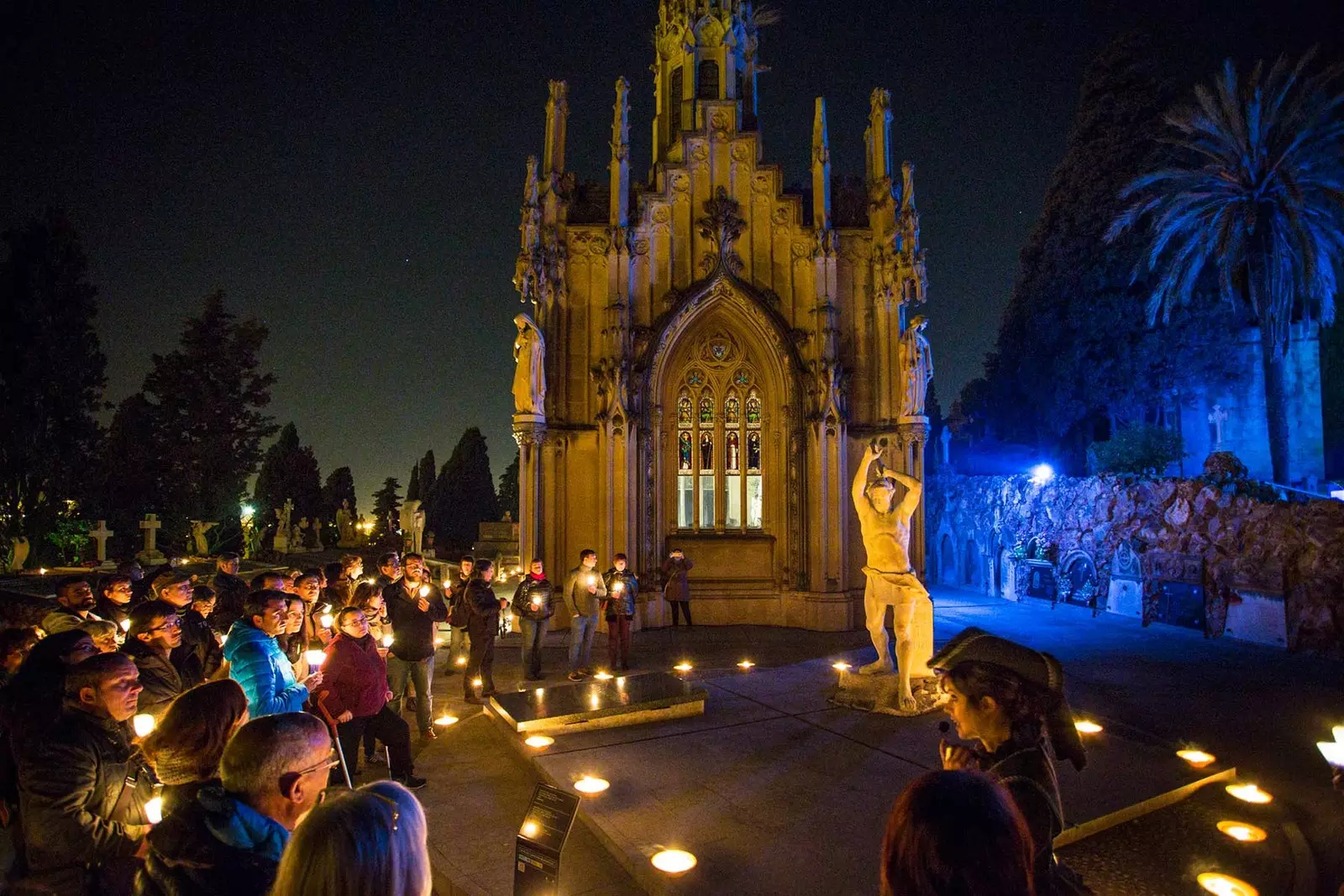
In Montjuic there are guided tours (day and night)
Among its members there is everything. “Cemeteries can bring together a number of different elements: there are cemeteries with great architectural value , with large pantheons built or designed by people like Gaudí or his School; there are others that stand out for the characters that are buried in them ; there are those who for their sculptures and even for his scenery , by ruins of another time or by Location ”, who describes them for Traveler.es is José Antonio Muñoz Rodríguez, responsible for the Living Cemeteries project.
In fact, as some of them combine several of these factors, on the association's website they have developed a classification system in five sections **(nature, art, history, panorama and charm)** so that the visitor knows what is you will find and the activities that are going on.
“Some sports career, an urban youth gymkhana and, above all, a large number of cultural activities, such as concerts or guided tours ”, explains Muñoz Rodríguez. The latter are the most widespread. "There is no single pattern and each cemetery develops them based on what they consider their strengths."
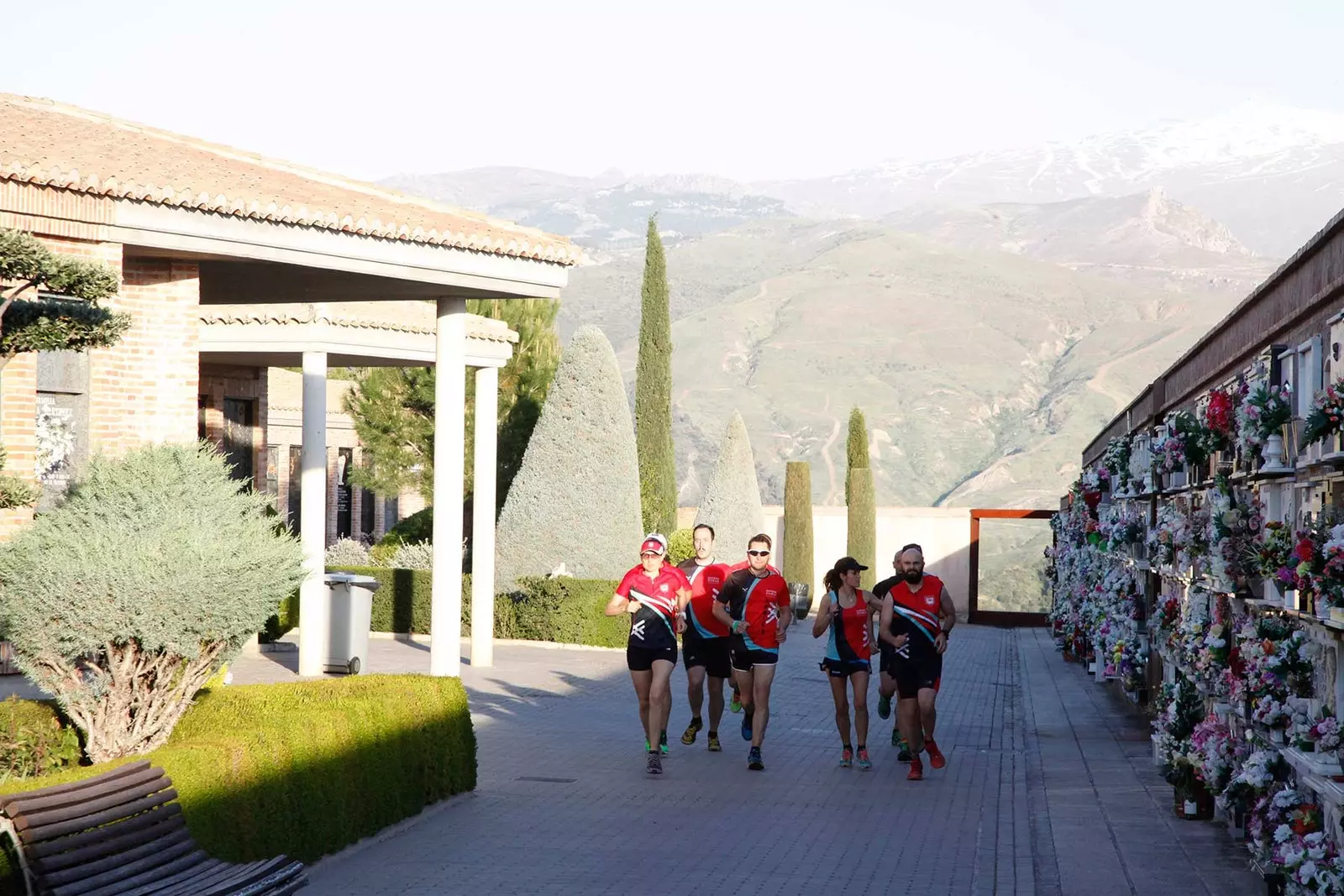
Urban race in the cemetery of Granada
It is the case of Montjuïc cemetery in Barcelona . “On Sundays there is a free guided cultural route in which for an hour and a half you walk through the main funerary monuments , especially pantheons, of famous people of the city, but also important figures from the world of architecture and sculpture that made these monuments possible”, says Jordi Valmaña, General Manager at Cementeris de Barcelona.
“The route is used to explain the history of the city over the last 150 years, which is how old the cemetery is. Precisely because of its antiquity and the importance of its funerary elements, it becomes the most important open-air museum in the city” , he adds.
On other routes, such as the Granada cemetery, the visit of architectural and historical overtones leaves the attendee speechless with an unexpected twist in the form of a landscape spectacle. “The Granada cemetery is on top of the Alhambra and has unique enormous views over the Sierra Nevada, the Granada plain and the Alhambra. A wall was knocked down and a series of viewpoints have been opened so that views of the city that were not had 60 or 70 years ago could be recovered ”.
And there are also those who choose to diversify routes. The ** Joint Cemetery of the Bay of Cádiz ** already has a monumental route that begins at the pyramid that was built to remember the deceased who rested in the old cemetery of Cádiz and that passes through illustrious pantheons and monuments that speak of the history of Spain, such as raising the fallen in Cuba and the Philippines. Now, plans to increase its activity options with an environmental route, taking advantage of the 54-hectare estate in which it is located.
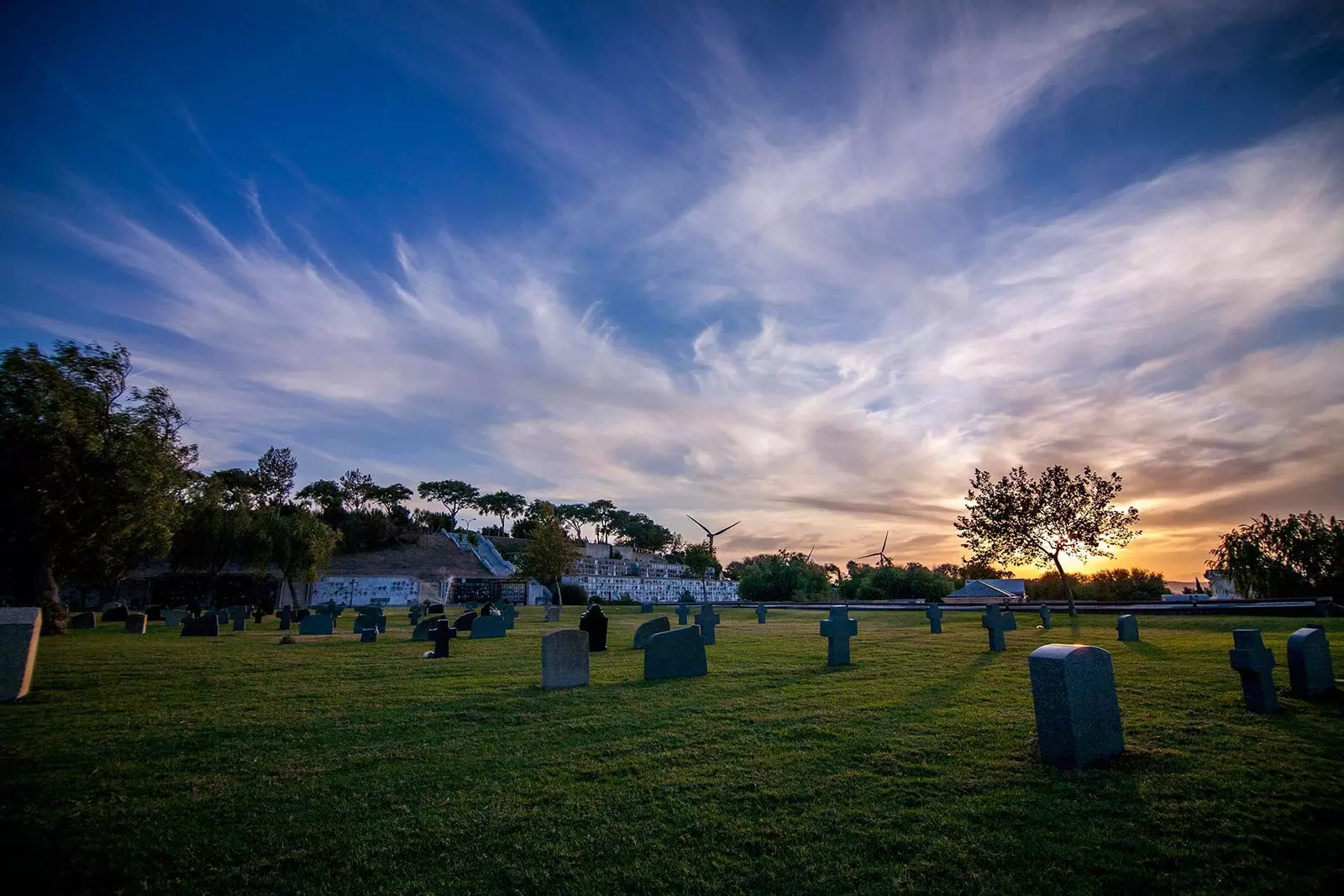
The Cadiz cemetery has 54 hectares
"We are in a farm surrounded by hunting grounds with which there is a large number of animals that take refuge here. We are also very close to the Strait of Gibraltar through which many birds emigrate, finding a place to rest in a small lake on our farm before embarking on the last journey. so we want to promote ornithological tourism ”, explains José Luis Ferrer, director of this cemetery.
All this, with respect for the flag. “To carry out cultural, sports, training or tourist activities in cemeteries you have to take great care of them, always remembering that you are in a place destined to remember people and being very respectful with it, with the services that are at the moment and with the people who are visiting” , clarifies Muñoz Rodríguez. "Tombs are not invaded, activities are carried out in specific spaces and others are organized directly outside of opening hours."
Little by little, trying to introduce changes in a collective imaginary that mostly conceives cemeteries as the world of the dead isolated from cities. “This is due, on the one hand, to the religious tradition that has already been broken and, on the other hand, to Spanish culture in the face of death and to keep everything related to it away”.
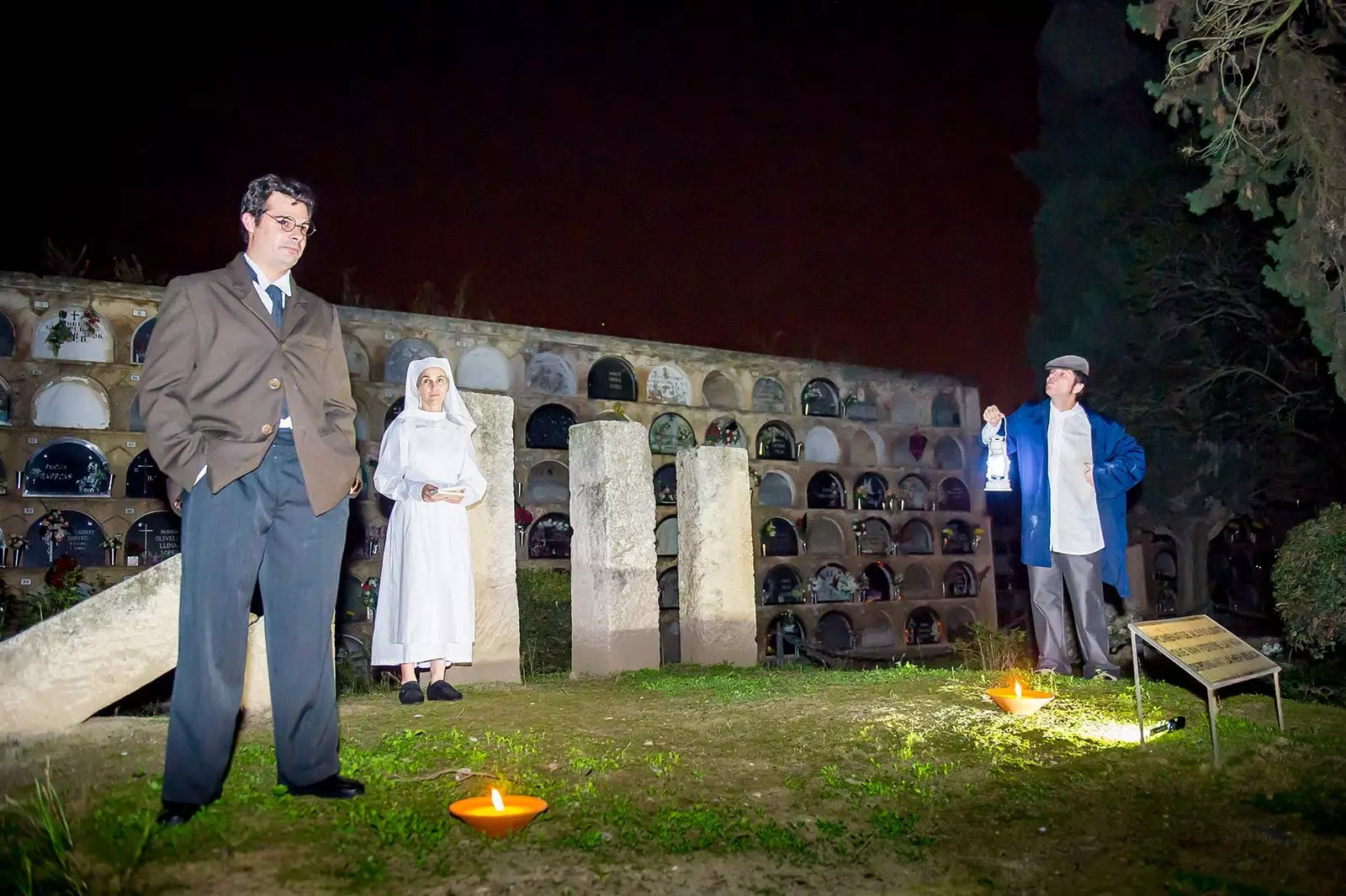
Dramatization in the cemetery of Vilafranca del Penedès
At the moment, they are conquering the curious, among which predominates the foreign traveler, of middle age and with a medium-high cultural level. "They are more used to living in cemeteries and they are people who seek singularity." And that they persecute her contemplating the cities from another perspective, reading its history in the architecture of its cemeteries.
“Cemeteries are very local elements. They reflect what each city would be like and say a lot about their customs. You can make a parallel between the economic development of a city and the type of burials that each cemetery has or understand how a city developed, its different construction phases”, explains Muñoz Rodríguez.
“For example, the Granada cemetery has a part from the 19th century with large pantheons, with well-kept niches. Then you have other areas that are like the houses of the 60s or 70s, like matchboxes with very narrow streets. Now there are beginning to be more open areas with gardens where you can see how to take care of the design ”.
So, relax and start by daring to cross its doors . Then walk and let your intuition guide your steps. "Let yourself be carried away by the sensations and feelings that you perceive in it." And, above all, remember to activate your 'open mind' mode. "Do not think and leave out what you think you know about what cemeteries are and remember to go with the same mind with which you go to a city or to contemplate a landscape”.
Follow @mariasanzv
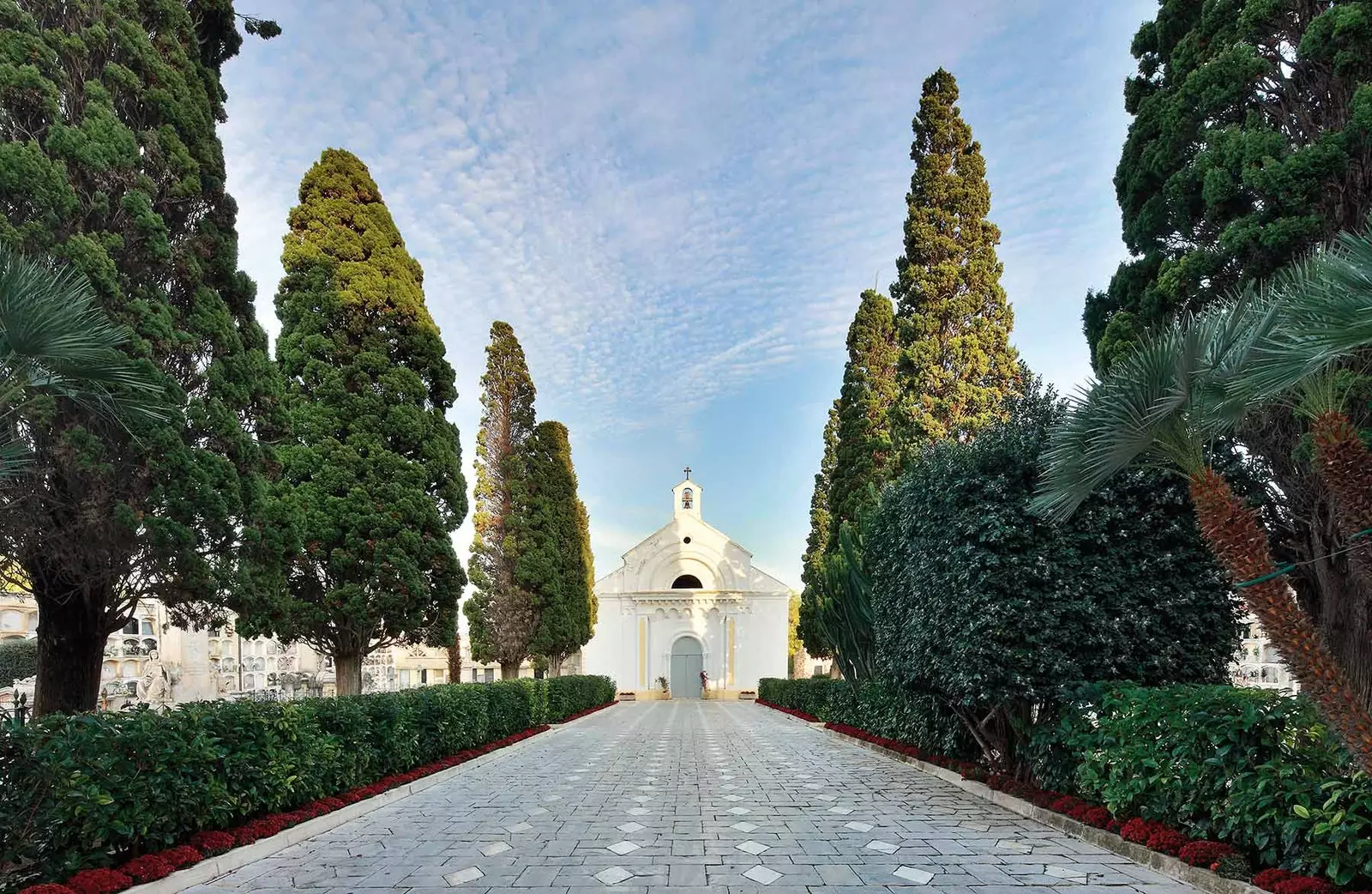
Vilanova i la Geltrú Cemetery
